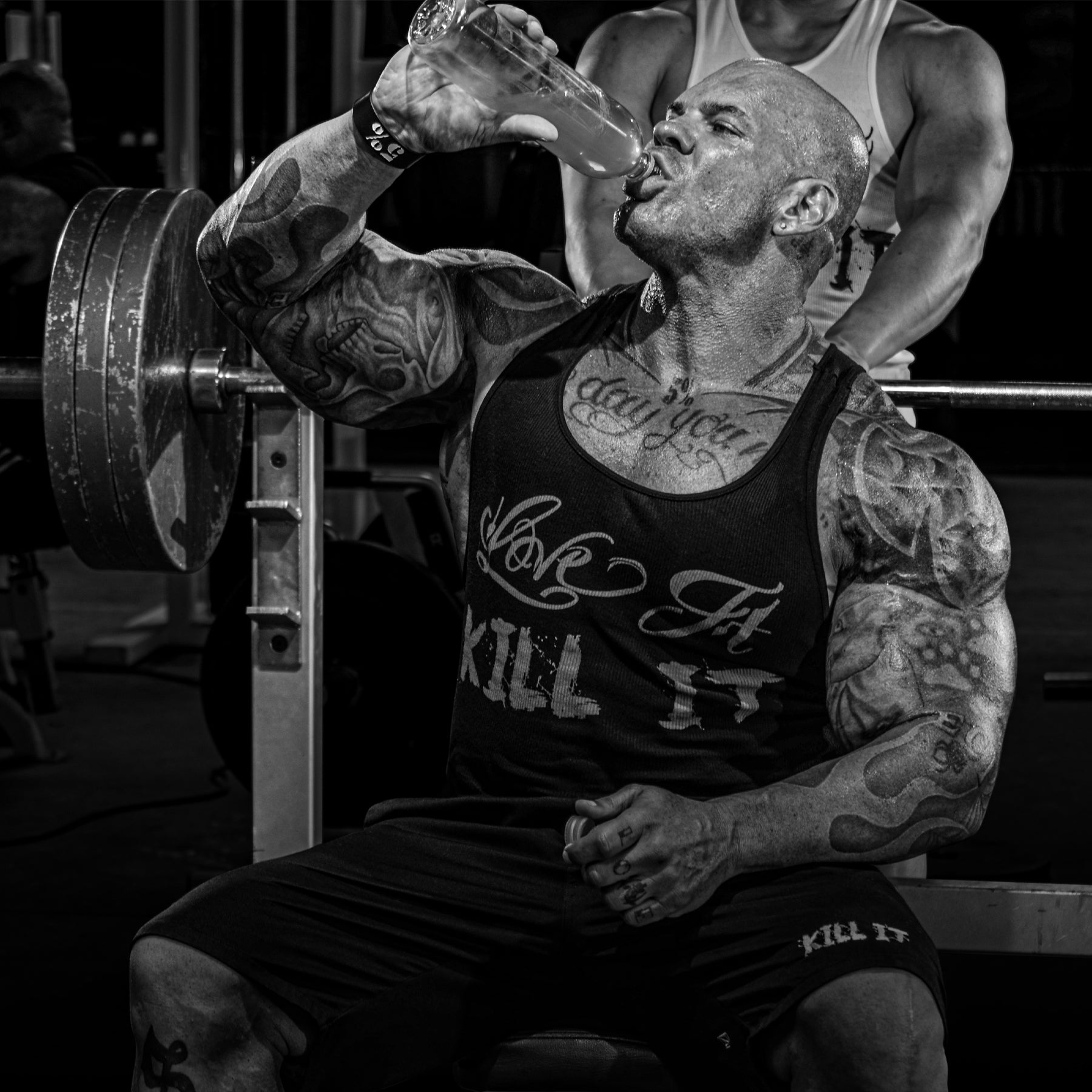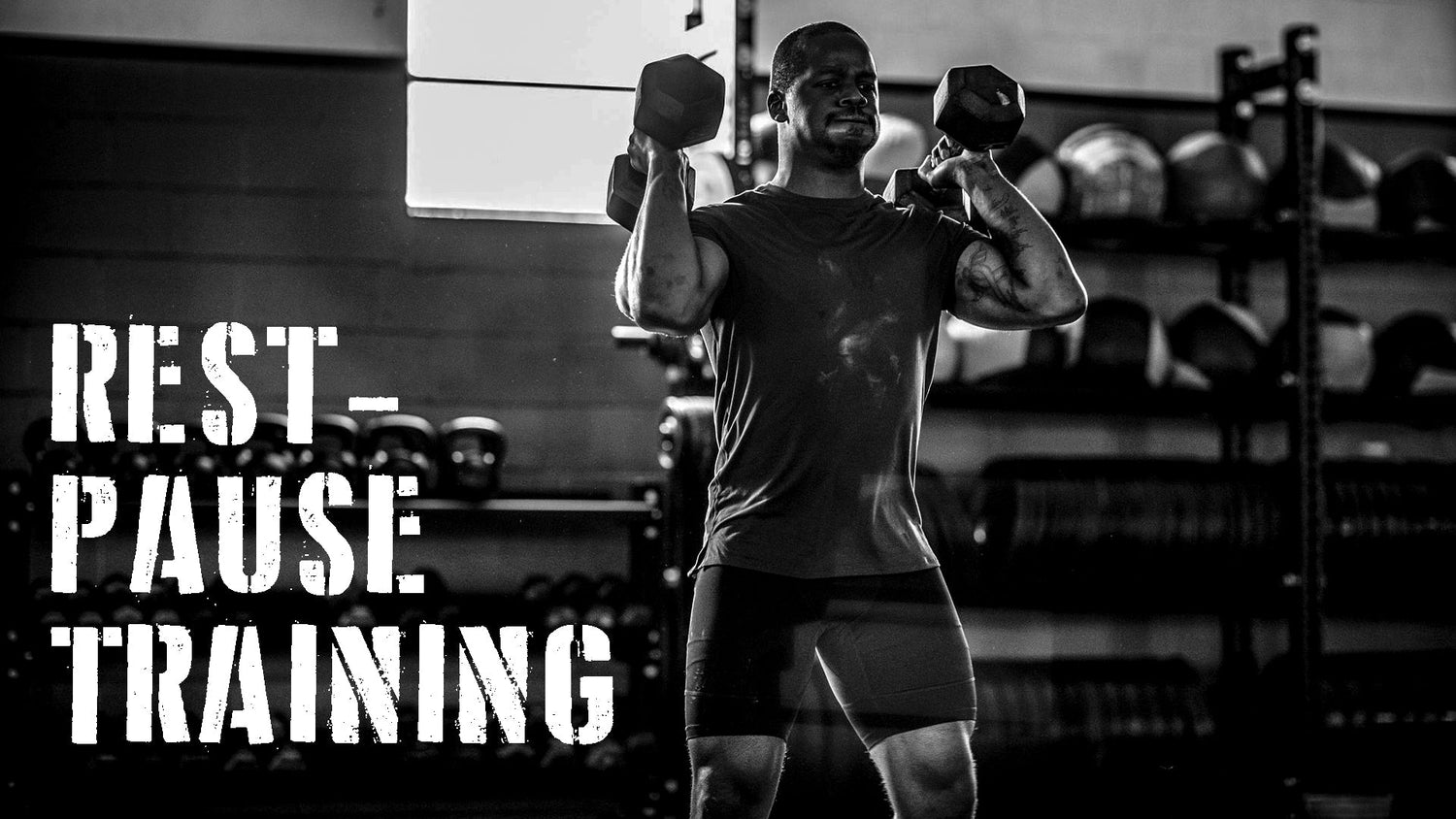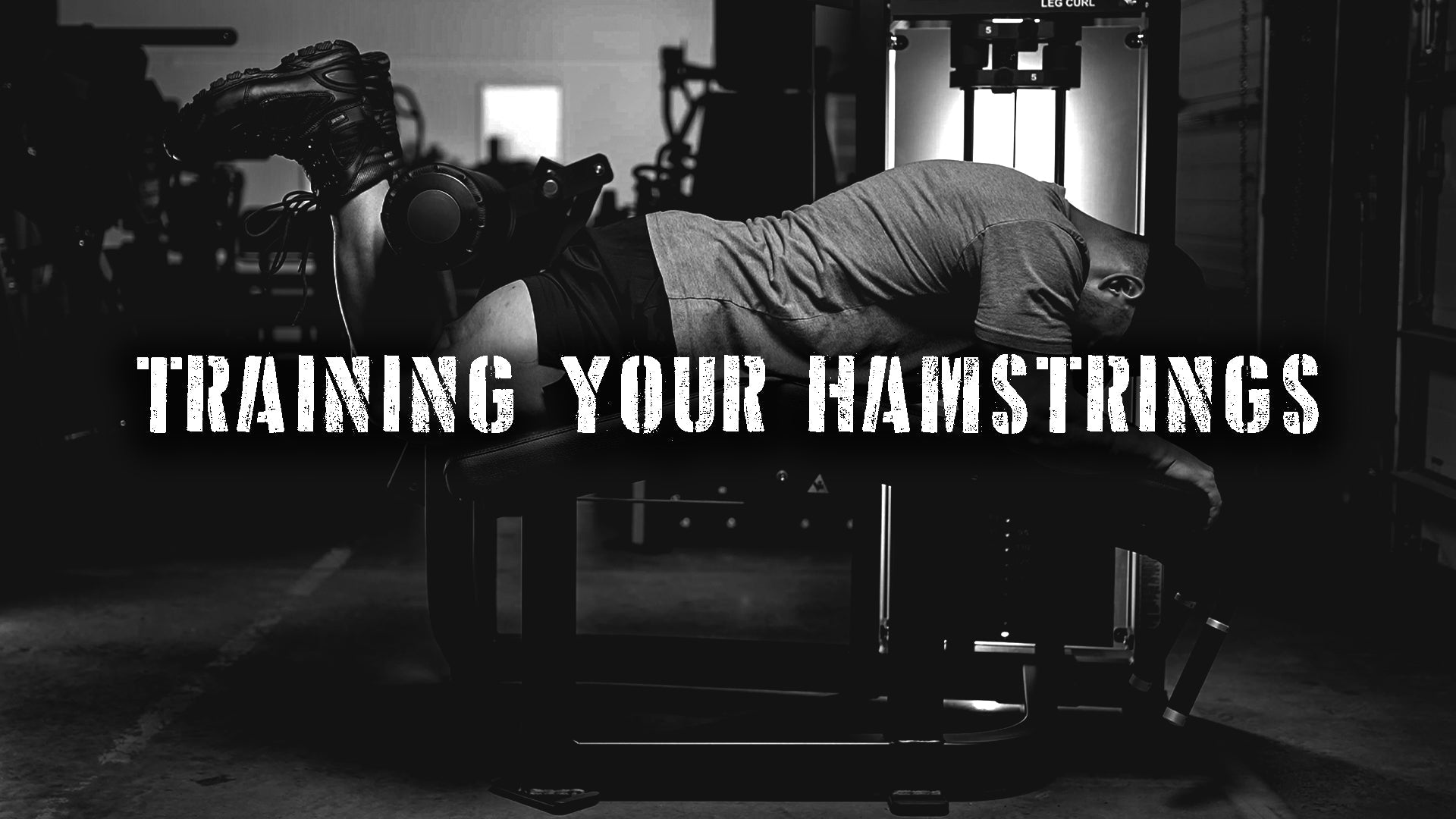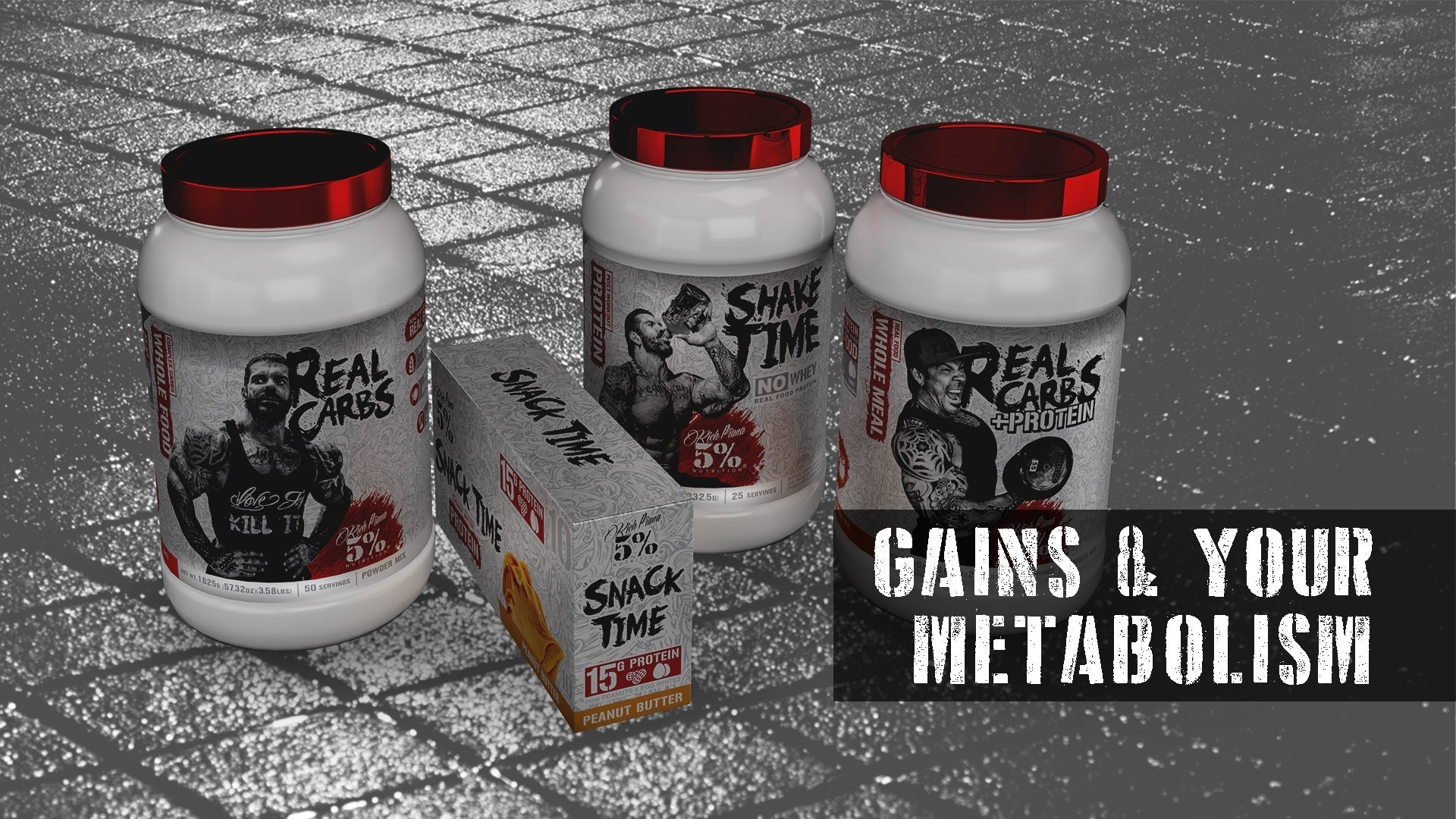Rest-pause is an intensity technique with an interesting history and multiple variations. Like many intensity techniques, rest-pause extends the set beyond what you would normally be able to do. While not everyone agrees with training to or past failure, this technique can be a great way to chase the pump, which Rich lived for. Whether you use this as an all-out intensity technique or back it off a little and use it for massive pumps, Rest-Pause Training might be for you.
The History of Rest-Pause Training
Many people would tie this technique to Mike Mentzer’s Heavy Duty routine. While the origins of this technique are not clear, it’s been around longer than Heavy Duty. In fact, Joe Weider named one of his “principles” after it. For reference, the Weider Principles were observations Joe Weider made of the various techniques used by bodybuilders of the 40s. He organized this “system” in 1950 after observing bodybuilders train for 12 years. It needs to be clarified that while he didn't invent the techniques, his “Principles” are a valid reference tool.(1)
What Is Rest-Pause Training?
A good definition of rest-pause is as follows: when you reach failure on a set, rack the weight, take a 5-10 second “rest-pause” and knock out a few more reps. Take another 5-10 second rest and knock out a few more, continuing a 3rd time if possible. That’s all 1 set.
An advantage of rest-pause is that it increases time under tension. As well, studies have shown that it supports strength increases. Finally, it cuts down the time needed to train, a life-saver when you’re in a time crunch.(2)
Variations
The Weider Version
The original Weider version differs quite a bit: use 85-90 percent of your max and perform 2-3 reps, then rest for 30-40 seconds. Knock out 2-3 more reps, rest another 30-40 seconds, and do 2-3 more reps. Do this for a total of 3-4 rest pauses. These short rest pauses allow enough time for ATP to be re-synthesized, allowing more reps than usual.
The Heavy Duty Version
Here's the Mentzer version. Use a weight that allows for 1 all out rep, then rest for 10 seconds. Do another all-out rep, and rest for 10 seconds. At this point, have your training partner help with another all out rep. Don’t have a partner? Reduce the weight by 20%. Either way, do yet another all-out rep. Rest 15 seconds and do a final all-out rep.
Other Variations
Let's look at some of the other variations:
Variation #1
Use 75% of your current max poundage for your pre-determined rep number. For example - if you bench press 225 for 10, use 170 lbs. Do 10 reps, rest 10 seconds, do 9 reps, rest 10 seconds, do 8 reps, and so on to 1 rep.
Variation #2
Choose a weight that allows you to do 10 reps of your chosen exercise. Add 10% more weight to the bar and do 6 sets of 10 reps. After the first set, rest 15 seconds. After each remaining set, add 15 seconds rest.
Variation #3
Use a weight that allows 3 reps of your chosen exercise. Perform 1 rep, rack the bar for 10 seconds, do 2 reps, rack the bar for 10 seconds, and so on until you hit 10 reps.
Variation # 4 - Chase The Pump
Rich would most likely love this variation: Use a moderate weight and perform 15 reps. Rest 10 seconds, and knock out another 10-12 reps. Rest, then knock out 8-10 reps, rest a final time, and finish with 6-8 reps. This approach is like his typical pyramid approach but the reduced rest periods may produce bigger pumps.
Don’t Forget 5% Nutrition!
To handle this technique your muscles will demand a great 5% pre-workout like Kill It RTD, and Core Creatine to support training energy and muscle cell volume. It’s a good choice to use All Day You May as an intra-workout and be sure you’re following Rich’s approach with a post-workout shake as soon as you are done. Go with Real Carbs + Protein, both macronutrients are real-food sourced only. Armed with a 5% Nutrition Stack like this (use our Build Your Own option and save up to 20%!), and Rest Pause Training, you’ve got it made!
References:
- https://californiamuseum.org/inductee/joe-weider/
- Enes, A., Alves, R. C., Schoenfeld, B. J., Oneda, G., Perin, S. C., Trindade, T. B., Prestes, J., & Souza-Junior, T. P. (2021). Rest-pause and drop-set training elicit similar strength and hypertrophy adaptations compared with traditional sets in resistance-trained males. Https://Doi.Org/10.1139/Apnm-2021-0278, 46(11), 1417–1424. https://doi.org/10.1139/APNM-2021-0278













